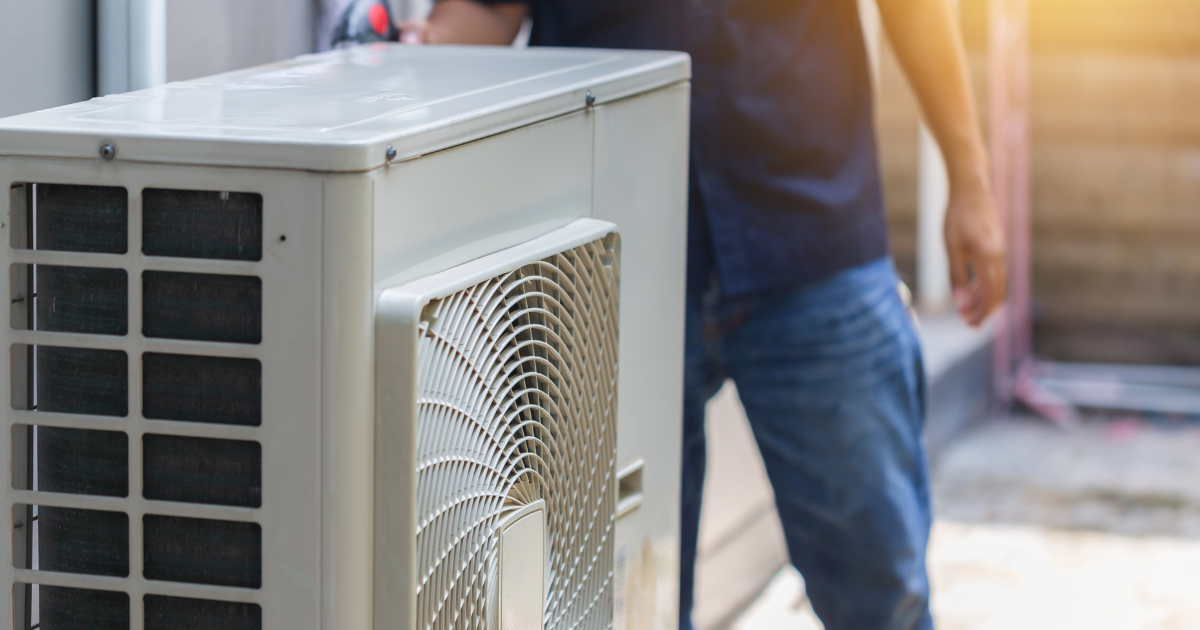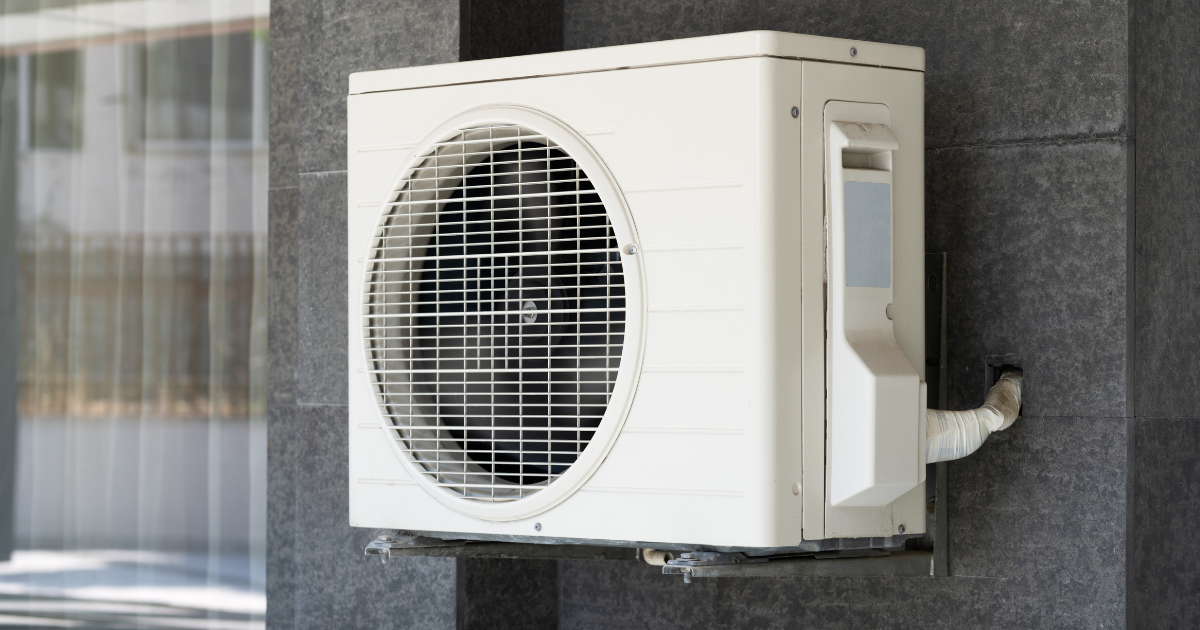It’s Better To Know…
Indoor air quality is affected by a wide range of factors — everything from pet dander to cleaning products to dust bunnies can reduce the ability to breathe easily within your home. Because of the direct impact your air quality has on your health and safety, it’s imperative to have indoor air quality tested regularly to rule out any cause for concern.
Fortunately, there are some home tests you can carry out yourself to determine whether you’re breathing in common pollutants like radon, carbon monoxide, mold, or VOCs. Conducting these tests could help your peace of mind and create a healthier, happier home.
1. Radon Testing
Radon is a radioactive gas that you can’t smell or see. Though a small amount is present in the air we breathe daily, it is problematic when radon enters your home and becomes more concentrated inside. If you breathe in too much radon, it can cause serious damage to your health. Some reports even indicate that over-exposure to radon could cause lung cancer.
The EPA suggests that one in every fifteen homes in the United States has a radon problem. Because radon exposure may be asymptomatic at first, you should test your home to determine the radon levels present in your house. There are various do-it-yourself kits that you can buy online or at a home improvement store. These puck-shaped devices use charcoal and other substances to absorb the chemicals in the air. After a short period of time, you send the canister back to a lab for analysis.
If the levels of radon in your home are high, you’ll need to work with a professional to remediate the issue.
Mold Testing
Mold is one of the most common indoor contaminants. That’s because mold is everywhere, and it grows rapidly in temperatures between 30 and 100 degrees. While it’s easy enough to spot visible mildew in your property, which looks like tiny black spots, it’s harder to get a full view of your mold situation.
A mold test provides a snapshot of the mold particles in your home in a certain space, at a certain time. Of course, the number of spores can fluctuate depending on when you perform the test. That’s why it’s best to access the help of a professional. There are three forms of mold tests available:
- Air testing: This samples the concentration of the spores in your home’s air.
- Surface test: This takes samples from household surfaces to find the mold growth in your home. You can collect samples with swabs.
- Bulk testing: This involves collecting small pieces of material from around your home. That material is then transported to a lab and examined.
Carbon Monoxide Testing
Carbon monoxide (CO) is sometimes referred to as the “silent killer” and can be one of the most dangerous substances in any American household. In fact, the CDC suggests that around 2,250 people died of carbon monoxide poisoning between 2010 and 2015.
The good news is that most people now have CO detectors pre-installed in their homes, and efforts to prevent CO poisoning are widespread — in fact, California state law requires CO detectors for many homes. Similar to smoke alarms, these detectors can save lives. If you don’t have an alarm (and are not required to by law), or you’re worried about CO gasses, then you should ask an HVAC contractor to come and check your air.
Aside from a professional test, be on the lookout for signs of CO. Frequent condensation is often an indication of excessive carbon monoxide, as is a flickering or inconsistent pilot light.
VOC Testing
Finally, VOCs, or “volatile organic compounds,” are chemicals emitted as gasses from various products around your home. They can be created by everything from your air fresheners to your perfumes. In general, the concentrations of these chemicals can be up to 100 times higher indoors than they are outdoors.
You can measure VOCs by collecting samples and submitting them for analysis in a laboratory, which will use techniques like GC-MS to pinpoint signs of harmful or toxic chemicals. Analysis can then be conducted by experts using thermal desorption, which highlights the intensity of the VOCs in your home.
How your HVAC can Help
Once you’ve finished testing your home for signs of contaminants, the most important thing you can do is make sure that you have a way to protect yourself against those substances. Filtration through your HVAC system can eliminate, or at least reduce, various VOCs and other substances.
Homeowners can even add a HEPA filter into their existing HVAC system or upgrade their machine to ensure that you maintain a higher quality of air within your home. HEPA filtration can remove 99.97% of the particulate matter in your home, provided that it’s larger than 0.3 microns.
As a system that helps circulate and manage the air in your home, your HVAC system is crucial to protecting you against the various contaminants that may harm your health. Reach out to Bob Jenson today to learn more about how to maximize your indoor air quality.

Bob Jenson
For over 45 years, Bob Jenson has been providing quality heating and air services to the San Diego community.
Request Service
Please fill out the form below to request an estimate or schedule service.
"*" indicates required fields







